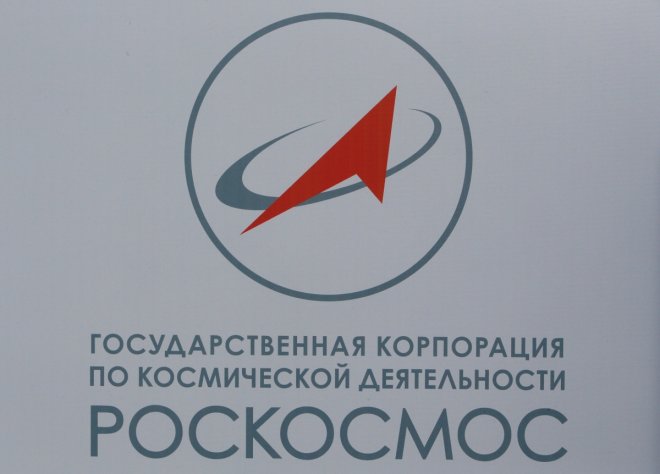
America's NASA and Russian Space Agency Roscosmos have signed a joint statement on September 27 at the 68th International Astronautical Congress in Adelaida, Australia, for advanced research for setting up a space station in the moon's orbit.
The Roscosmos – NASA partnership mission will be aimed at sending humans to "deep space gateway," or the proposed research station in the lunar orbit, cislunar space, by 2020, says NASA's official website.
According to the reports, Robert Lightfoot, acting administrator at the NASA headquarters in Washington said: "While the deep space gateway is still in concept formulation, NASA is pleased to see growing international interest in moving into cislunar space as the next step for advancing human space exploration." He added that statements such as this one show the gateway concept as an enabler to the kind of exploration architecture that is affordable and sustainable.
Reports said that the new mission is a further step towards NASA's aim to expand human settlements beyond the Earth. The mission is expected to help the deep space exploration and transportation mission with added benefits of the partnership of prominent space agencies. NASA and Roscosmos are already partners in the International Space Station which orbits the earth.
A Roscosmos official stated that the new partnership would develop international technical standards for the establishment of the station in the near-moon orbit.
Roscosmos official added, "At the first stage, the deep-space gateway is supposed to use the American superheavy SLS in parallel with the domestic heavy rockets Proton-M and Angara-A5M. After the creation of the Russian superheavy rocket, it will also be used for the lunar orbital station."
NASA has also engaged several other private US agencies for assessing the possibility of human settlement in the gateway concept, which would be helpful in further Martian exploration. Awards are being given to agencies for further research on risk reduction including technologies for advanced habitation and engineered prototypes of habitation systems.
NASA plans to extend human presence beyond earth with the help of its deep space exploration transportation systems, the space launch system rocket and the Orion spacecraft.
The collective knowledge from the International Space Station is expected to help in the accomplishment of the mission by 2020.









